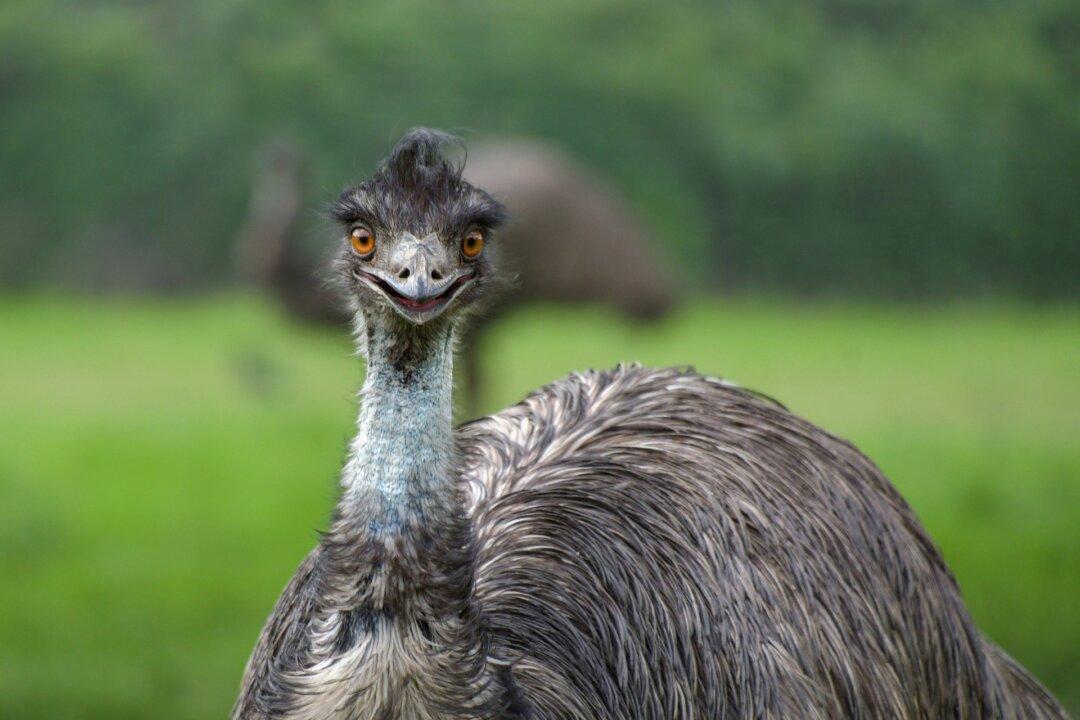A recent study that is shedding light on the emu—an Australian icon—and its key behavioural patterns, has found it has been roaming around Australia for over 6,000 years.
Western Sydney University researcher Julia Ryeland, who along with researchers from Western Sydney University and the University of Tasmania, wrote the new study said that despite the emu being indigenous to large areas it is still regarded as something of an enigma to native fauna experts.





